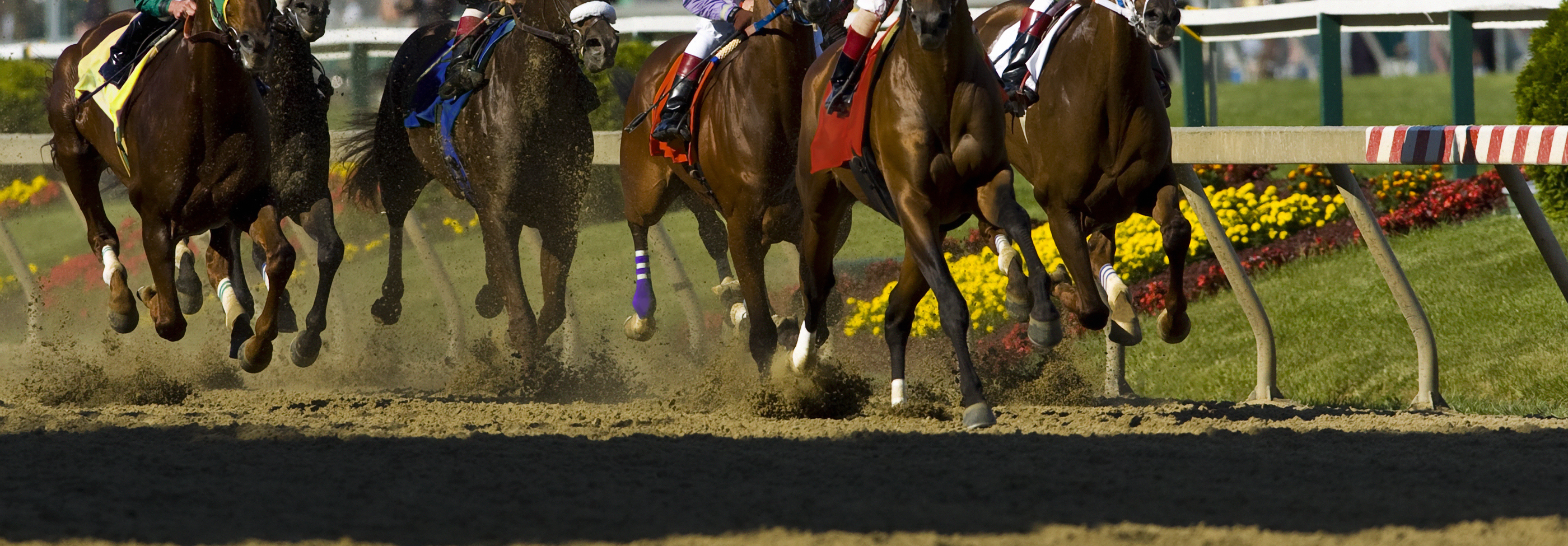
Pimlico Is Not a Good Bet for Maryland Taxpayers
In so many ways, Baltimore City is like a troubled kid. From the water billing fiasco to the mayor’s resignation over a corruption scandal, the city creates one problem after another and depends on massive state allowances for survival.
Currently, Maryland lawmakers are considering a bill that would provide a $389 million subsidy to renovate Baltimore’s Pimlico Race Course and Laurel Park. The bill would allow the Maryland Stadium Authority to issue bonds that would be paid back over 30 years with revenues from the Maryland Lottery.
Unfortunately, Maryland is not a rich parent with billions in budget surplus to spoil its kid. In fact, the state faces $1.6 billion in budget deficits by 2025, and has $50 billion in long-term debt. Given such financial constraints, there are plenty of reasons to doubt whether the horse tracks merit even another penny.
First, horse racing is a dying industry. While the bond to pay for it will be repaid over 30 years, it is doubtful that the sport will even survive that long. Since the business reached its peak in the 1990s, both Maryland tracks saw decline in business. As soon as the Great Recession hit, the tracks lost $14 million in just one year. The trend is also national: in 2002, $15 billion was bet in races in the U.S. but the amount declined to $11 billion by 2018.
There are two reasons for horse racing’s declining popularity: negative publicity and competition. Over the past five years, over 5,000 race horses have died in the U.S. Controversies surrounding doping practices and horse slaughterhouses have resulted in growing public sentiment that horse racing is unethical. Meanwhile, competition from a more modern type of legalized sports betting presents additional challenges for the horse racing industry. A Washington Post column noted in 2012, “When slots were legalized, the machines proved to be so lucrative many track owners lost interest in the sport and viewed it as a nuisance.”
Aside from the issue of popularity, subsidizing the horse tracks is economically not a good bet for Maryland taxpayers. Maryland’s horse industry supports 5,800 full time jobs in the state. Therefore, a subsidy of $389 million breaks down into over $67,000 subsidy per job: it does not take an economist to see that this is a bad idea.
One must also note the type and quality of jobs that the proposed subsidy would maintain. According to a researcher at University of California, Irvine, “labor conditions [at horse tracks] are poor. Working at the racetrack, under the majority of trainers, means working seven days a week. The weekly pay rate is low…extra work is often not additionally compensated.” The low-skilled workforce in the horse racing industry is predominantly illegal. These are certainly not jobs Maryland government should be subsidizing to keep in-state.
Adding to the unfair economics of subsidizing Maryland’s race tracks is the general and accurate perception that horse racing is the exclusive sport of millionaires. While anyone can bet, entering a race is a different story. According to the Jockey Club, the average cost for a racehorse in 2015 exceeded $65,000 and training cost between $30,000 and $50,000. It is no wonder that horse racing’s nickname is “the sport of kings.”
Therefore, Maryland lawmakers must think beyond culture and history when deciding whether upgrading the state’s race tracks should be a priority. Of course, Baltimore should be proud for being the home of the Preakness, but this pride comes at high costs.
Baltimore City is losing more population every year and struggling to maintain its public services. Clearly, having an attractive horse track is not enough to keep residents and businesses from leaving the city. Instead, state legislators should encourage Baltimore City to pursue policies that support a better tax climate and lower crime rates—qualities that would help attract taxpayers to Baltimore and grow Maryland’s economy. Relying on Maryland taxpayers to save dying horse race tracks is hardly a sustainable solution to the city’s underlying challenges.





